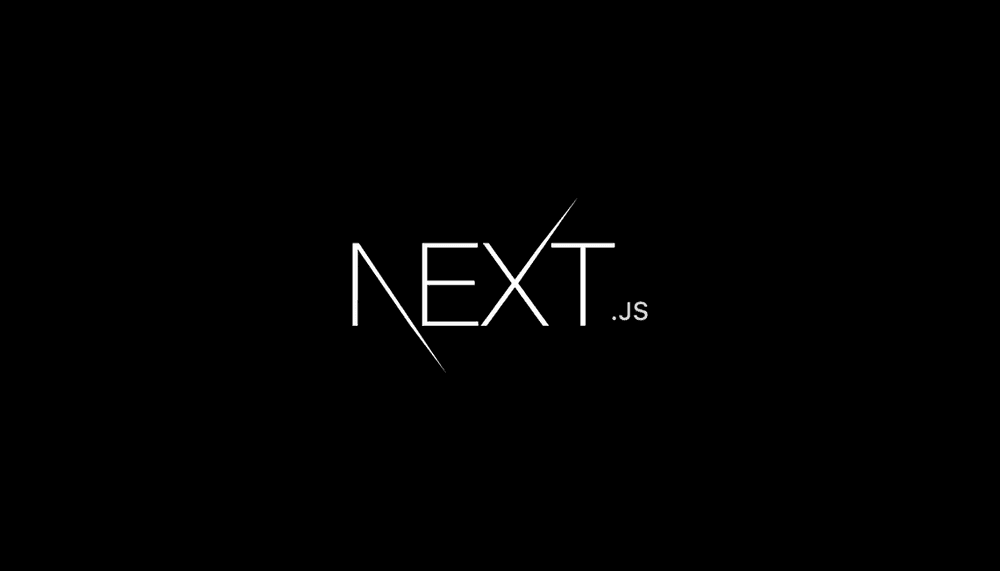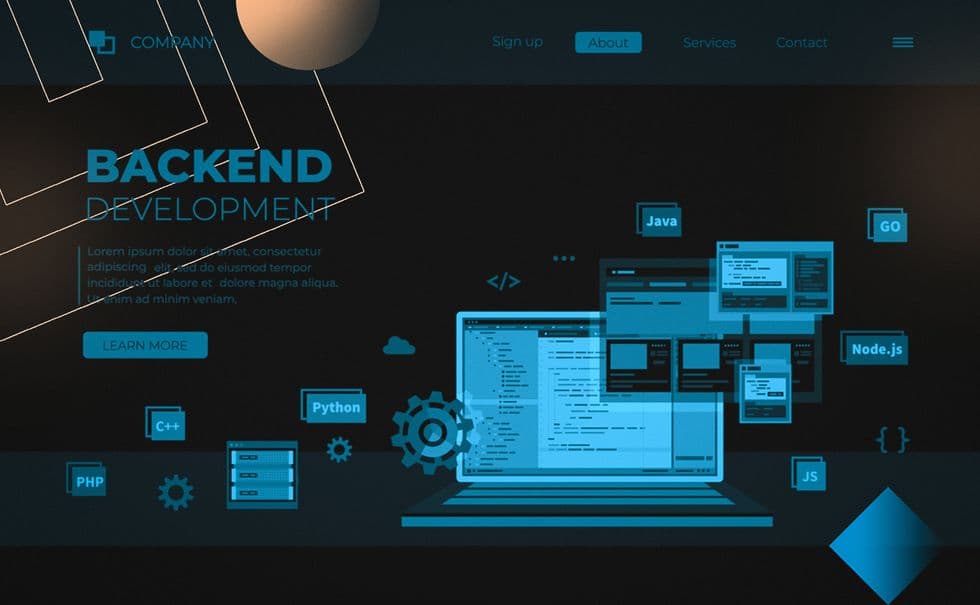Embarking on the journey of web development can be an exciting yet overwhelming experience, especially when faced with a barrage of technical terms and acronyms. Fear not, as this beginner's glossary aims to demystify the jargon commonly encountered in web development. Whether you're just starting or looking to deepen your understanding, this guide will serve as a valuable reference to navigate the intricate language of web development.
Table of Contents
- HTML (HyperText Markup Language)
- CSS (Cascading Style Sheets)
- JavaScript
- Frontend vs. Backend
- Client-Side vs. Server-Side
- Responsive Design
- API (Application Programming Interface)
- HTTP (Hypertext Transfer Protocol)
- DNS (Domain Name System)
- CMS (Content Management System)
- Framework vs. Library
- Git and Version Control
- IDE (Integrated Development Environment)
- SEO (Search Engine Optimization)
- Bug and Debugging
- Deployment
- Domain and Hosting
- Cookies and Sessions
- SSL/TLS Encryption
- Responsive Web Design
1. HTML (HyperText Markup Language)
HTML is the standard markup language for creating web pages. It structures content using tags, defining elements like headings, paragraphs, images, and links.
<!DOCTYPE html>
<html>
<head>
<title>My First Web Page</title>
</head>
<body>
<h1>Hello, World!</h1>
<p>This is a simple HTML page.</p>
</body>
</html>
2. CSS (Cascading Style Sheets)
CSS enhances the presentation of HTML elements. It defines styles, such as colors, fonts, and layouts, to create visually appealing and consistent designs.
body {
font-family: 'Arial', sans-serif;
background-color: #f0f0f0;
}
h1 {
color: #333;
}
3. JavaScript
JavaScript is a dynamic programming language that adds interactivity to web pages. It enables client-side scripting, allowing you to manipulate the DOM (Document Object Model) and create dynamic content.
// Example: Display an alert
alert('Hello, JavaScript!');
4. Frontend vs. Backend
The frontend refers to the user interface and interactions visible to users. The backend involves server-side logic, databases, and processing that occur behind the scenes.
5. Client-Side vs. Server-Side
Client-side refers to processes executed on the user's device (browser), such as rendering and interactions. Server-side involves operations on the server, like database queries and business logic.
6. Responsive Design
Responsive design ensures web applications adapt to various screen sizes and devices, providing an optimal viewing and interaction experience.
7. API (Application Programming Interface)
APIs allow different software systems to communicate and share data. In web development, APIs enable interaction between the frontend and backend.
8. HTTP (Hypertext Transfer Protocol)
HTTP is the foundation of data communication on the web. It defines how messages are formatted and transmitted, facilitating communication between clients and servers.
9. DNS (Domain Name System)
DNS translates human-readable domain names into IP addresses. It enables users to access websites using domain names (e.g., www.example.com) instead of IP addresses.
10. CMS (Content Management System)
A CMS simplifies website creation and management by providing an interface to add, edit, and organize content. WordPress and Drupal are popular examples.
11. Framework vs. Library
A framework provides a structure for building applications, while a library consists of reusable code. Frameworks dictate the overall architecture, while libraries offer specific functionalities.
12. Git and Version Control
Git is a version control system that tracks changes in code. It enables collaboration, rollback to previous versions, and easy integration of new features.
13. IDE (Integrated Development Environment)
An IDE is a software suite that combines code editing, debugging, and build automation tools. Examples include Visual Studio Code and IntelliJ IDEA.
14. SEO (Search Engine Optimization)
SEO involves strategies to improve a website's visibility on search engines. Techniques include optimizing content, using relevant keywords, and creating sitemaps.
15. Bug and Debugging
A bug is a coding error or flaw causing unexpected behavior. Debugging is the process of identifying and fixing bugs to ensure smooth functionality.
16. Deployment
Deployment is the process of making a web application live and accessible to users. It involves configuring servers, ensuring security, and releasing updates.
17. Domain and Hosting
A domain is a web address (e.g., www.example.com), while hosting involves storing and serving website files on a server accessible over the internet.
18. Cookies and Sessions
Cookies store small pieces of data on the user's device, while sessions maintain user-specific information during their interaction with a website.
19. SSL/TLS Encryption
SSL (Secure Sockets Layer) and TLS (Transport Layer Security) encrypt data transmitted between a user's browser and a server, ensuring secure communication.
20. Responsive Web Design
Responsive web design adapts layouts and content to different screen sizes, ensuring an optimal user experience on desktops, tablets, and mobile devices.
Conclusion
Armed with this beginner's glossary, you're better equipped to navigate the intricate world of web development. As you embark on your coding journey, use this guide to unravel the mysteries of jargon and build a solid foundation for creating innovative and user-friendly web applications. Happy coding!




